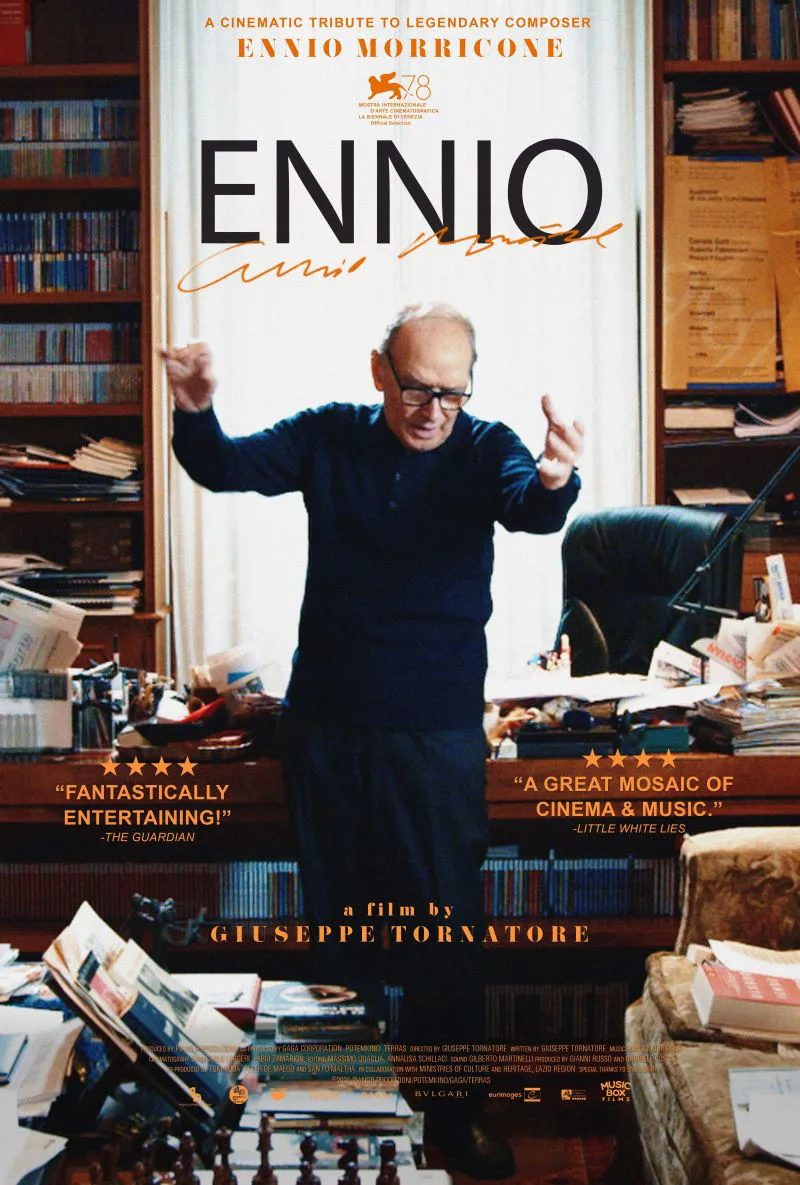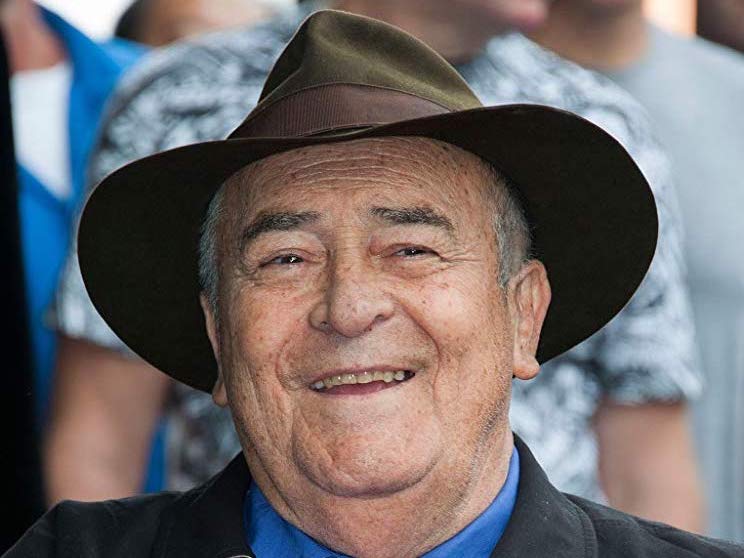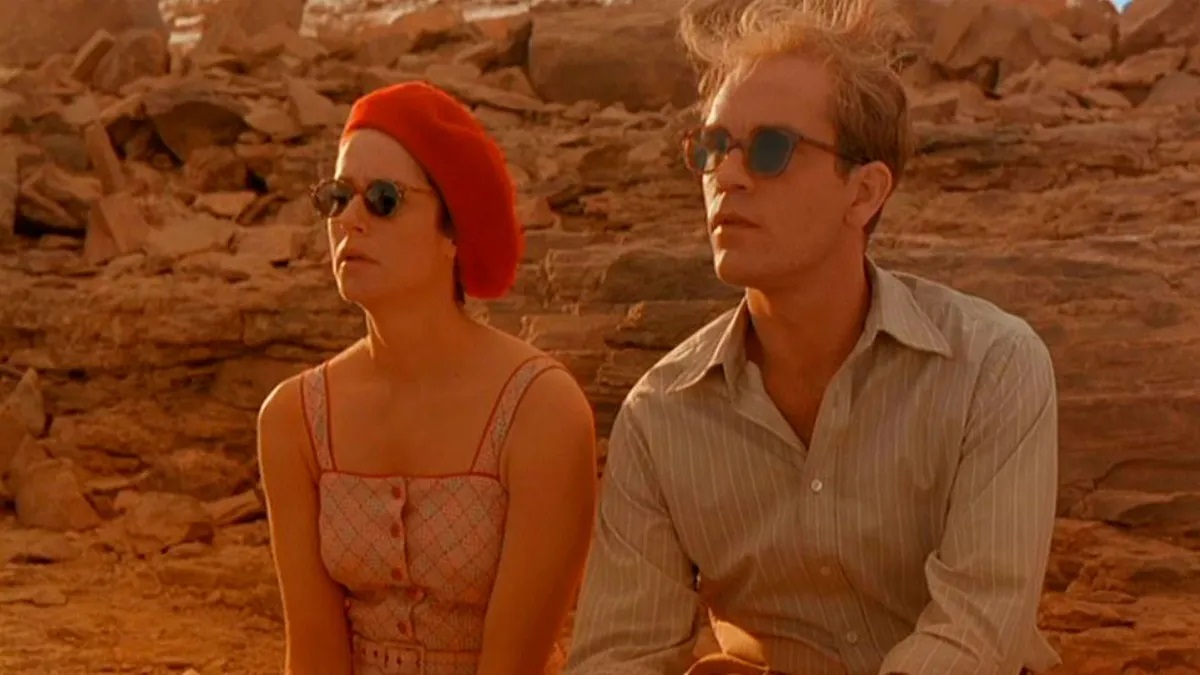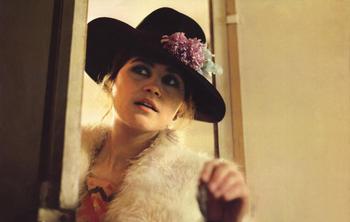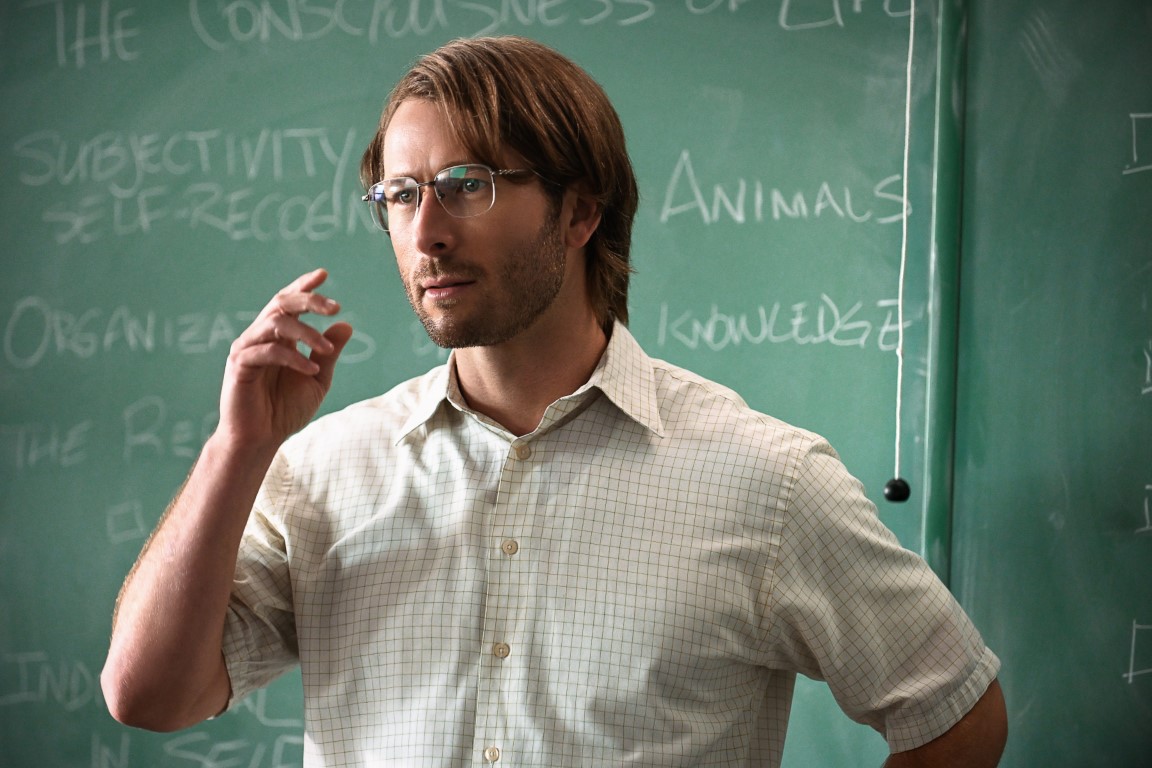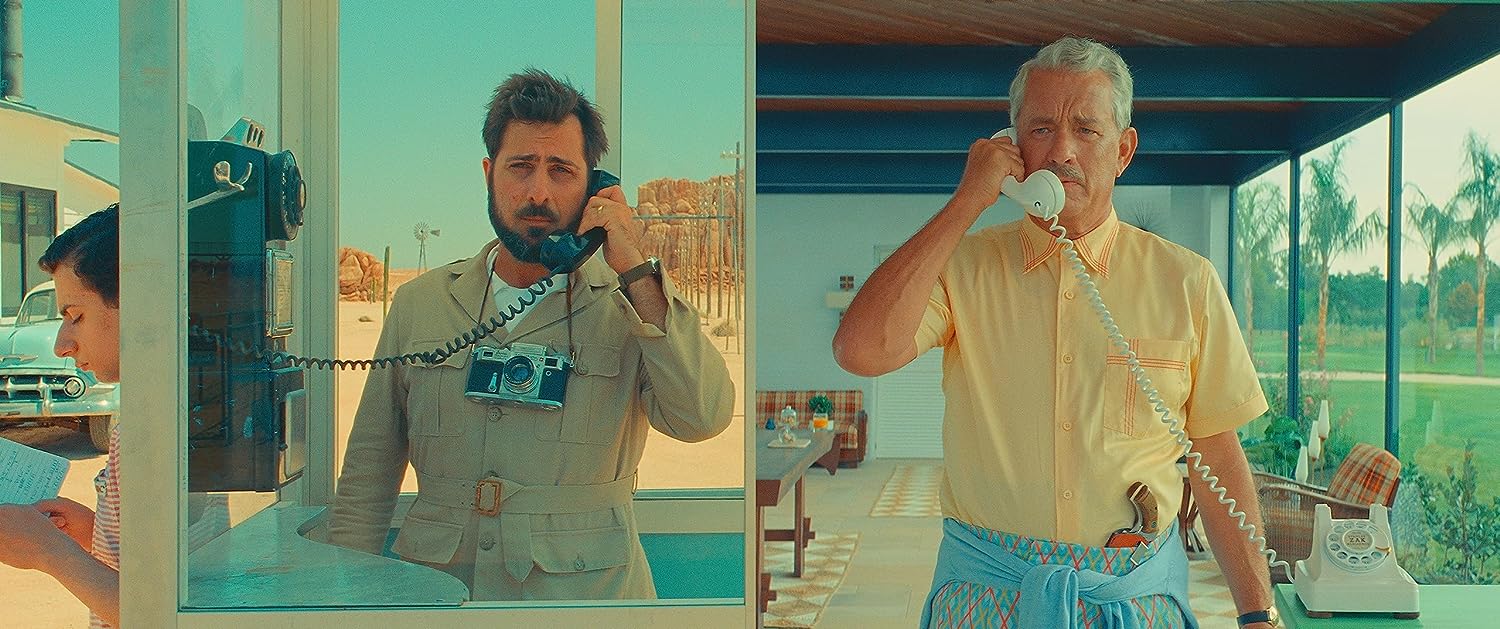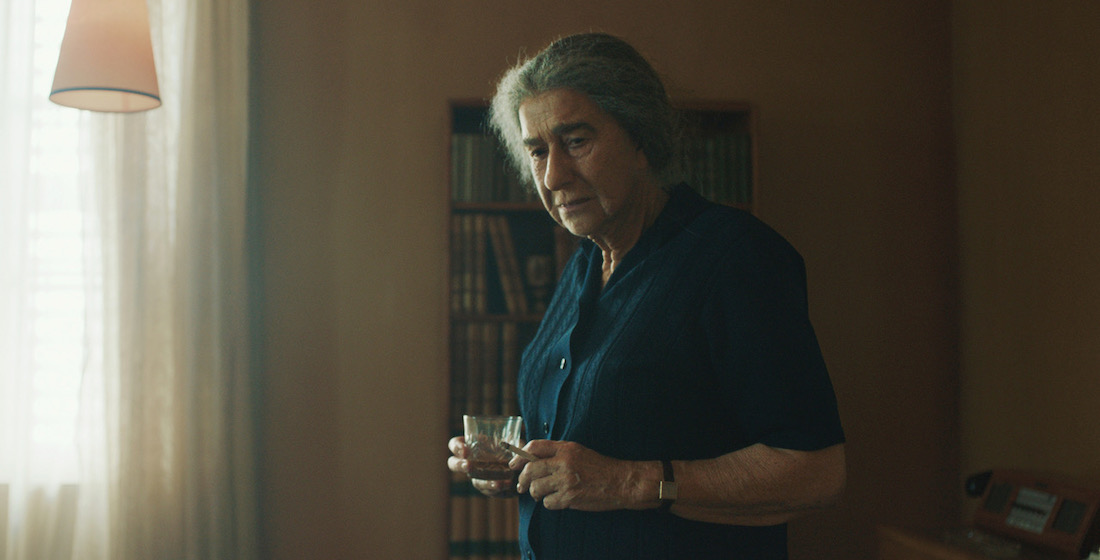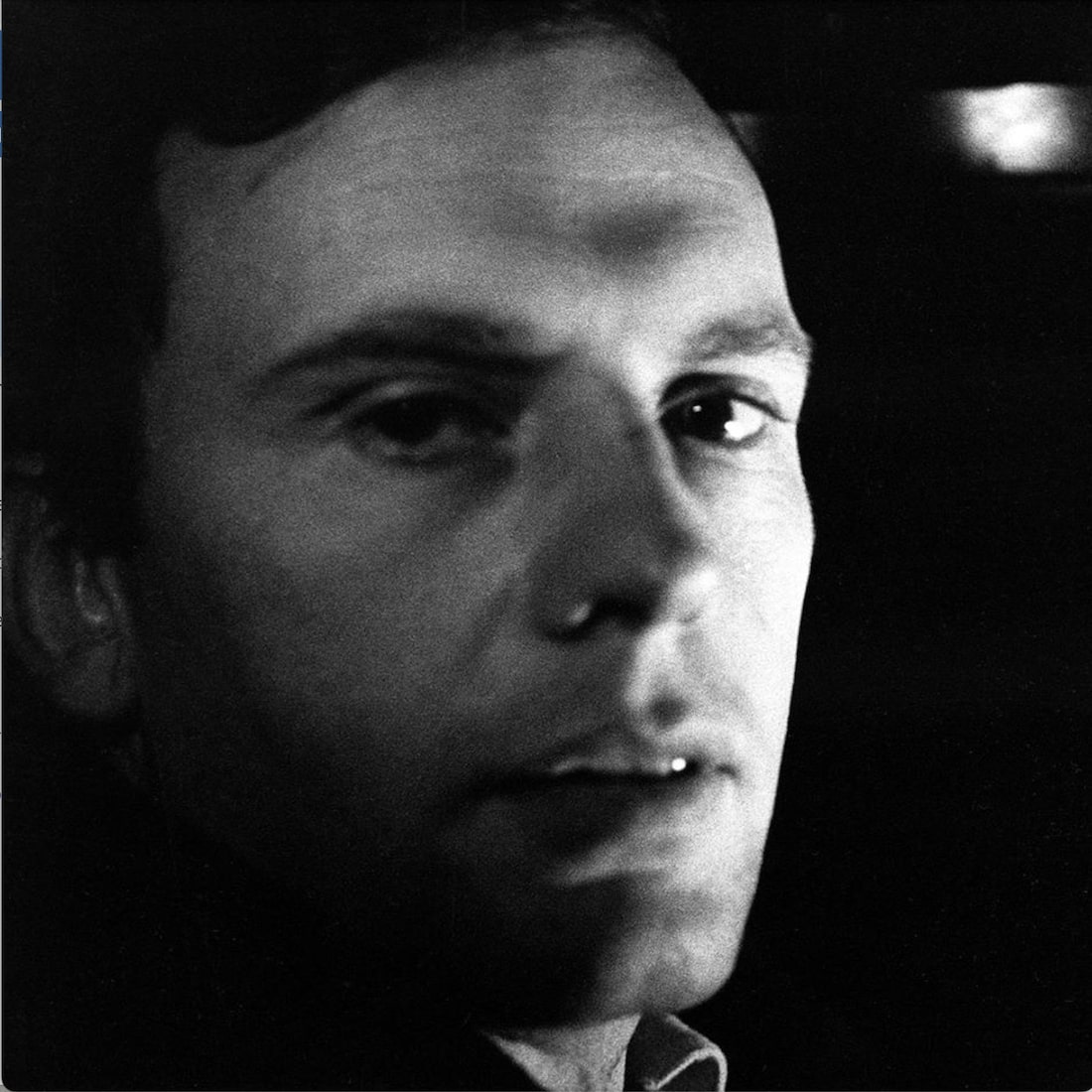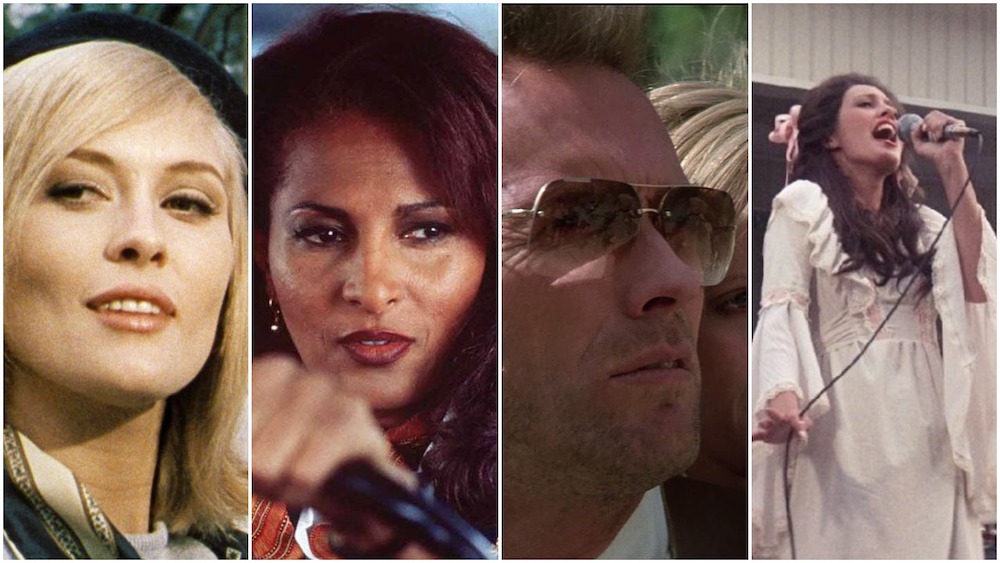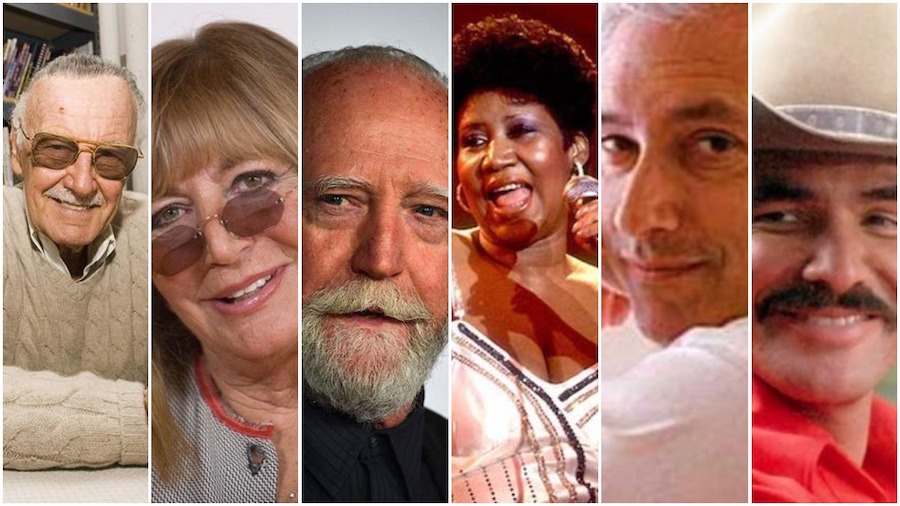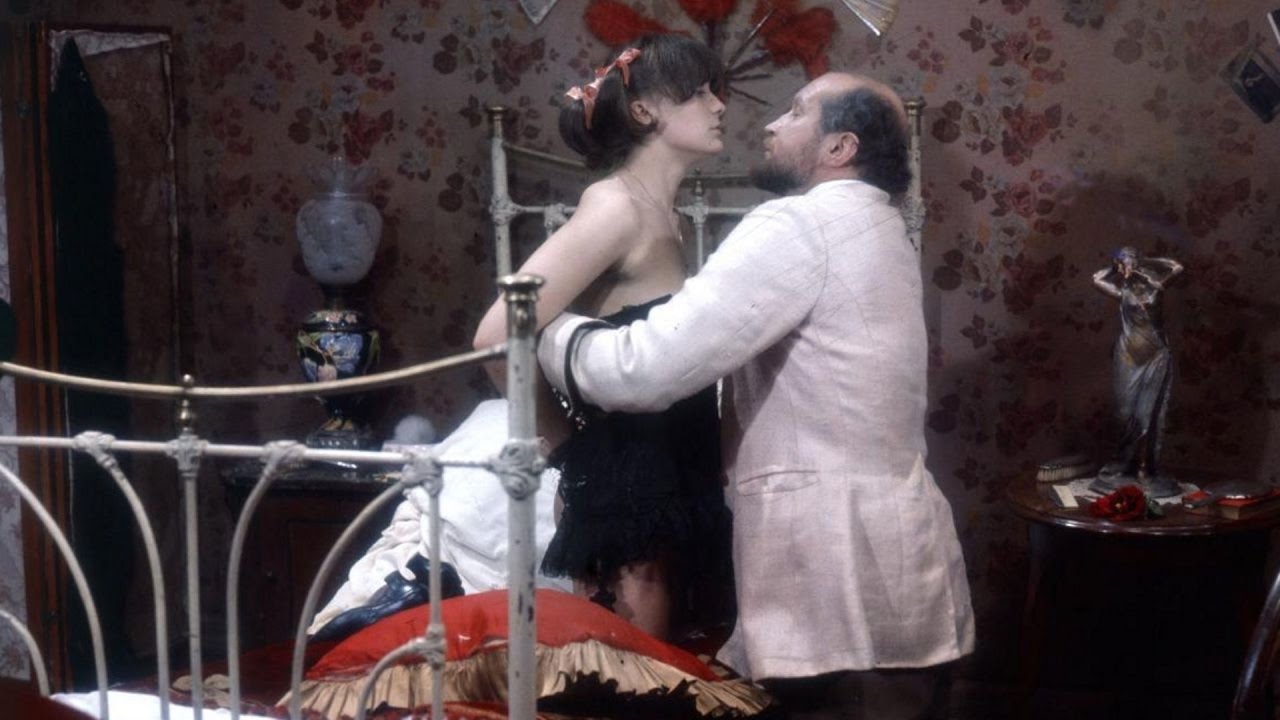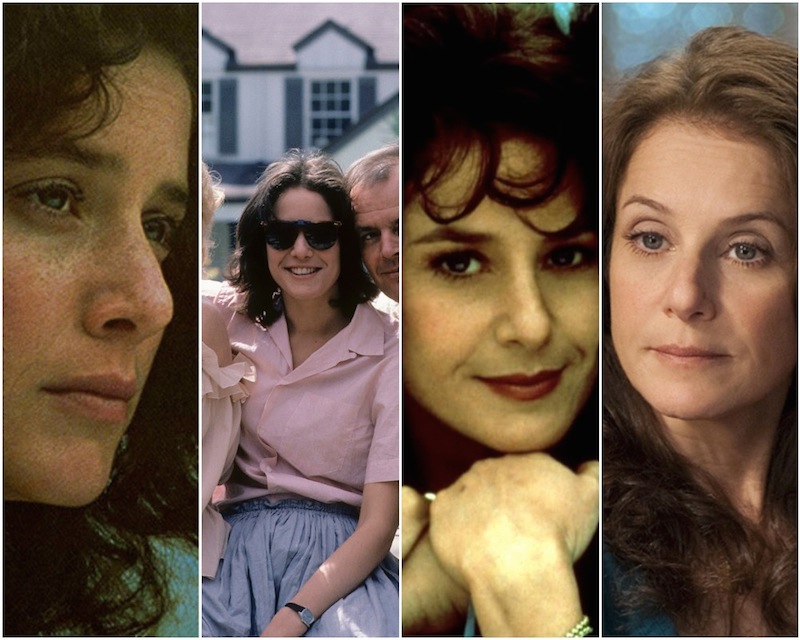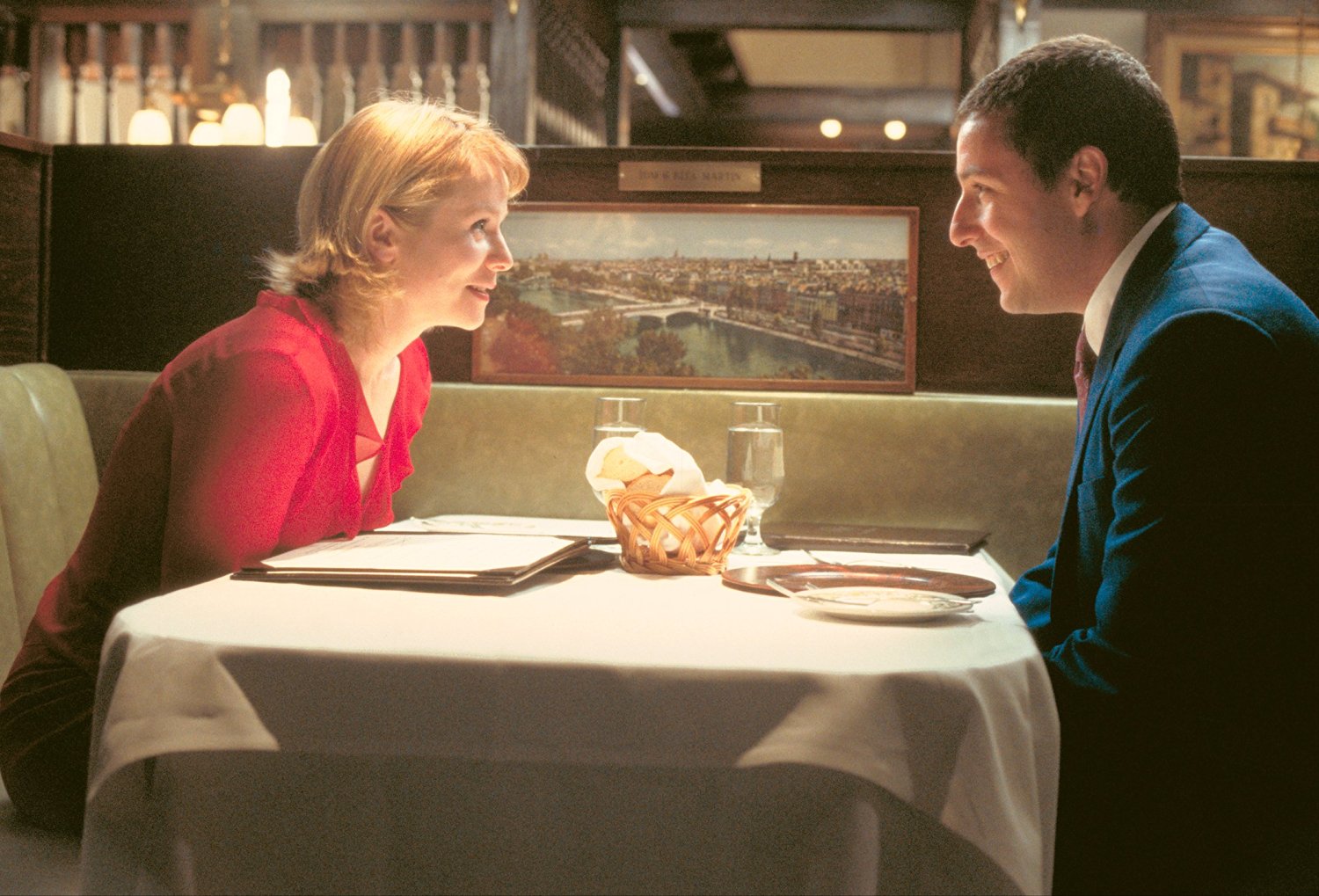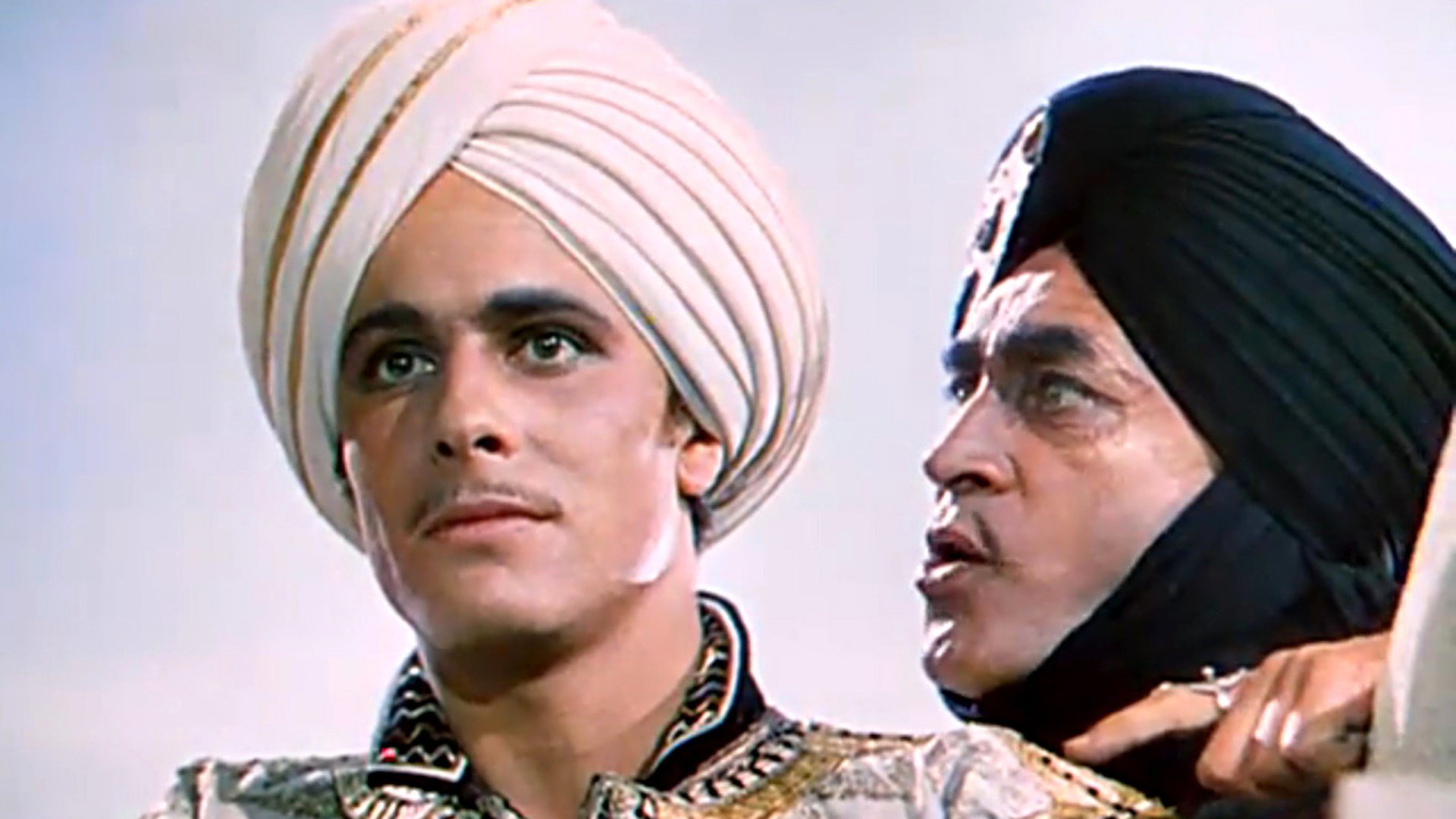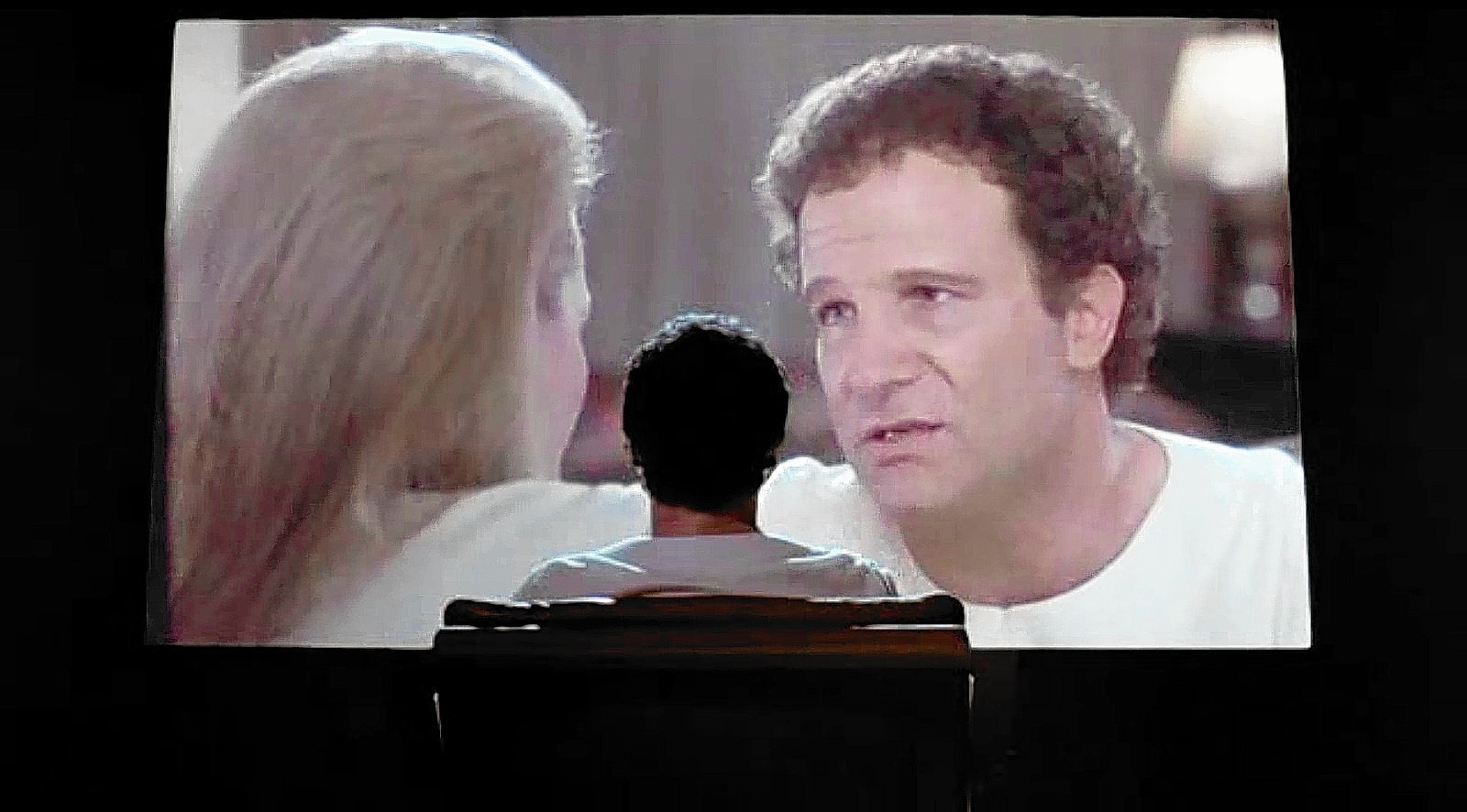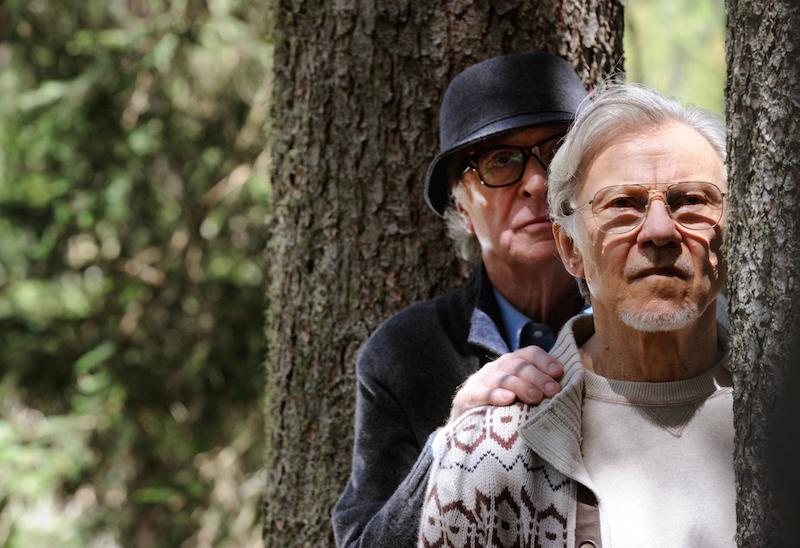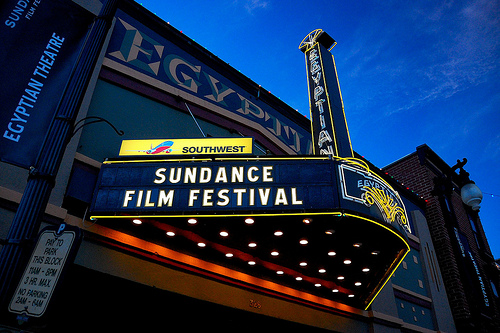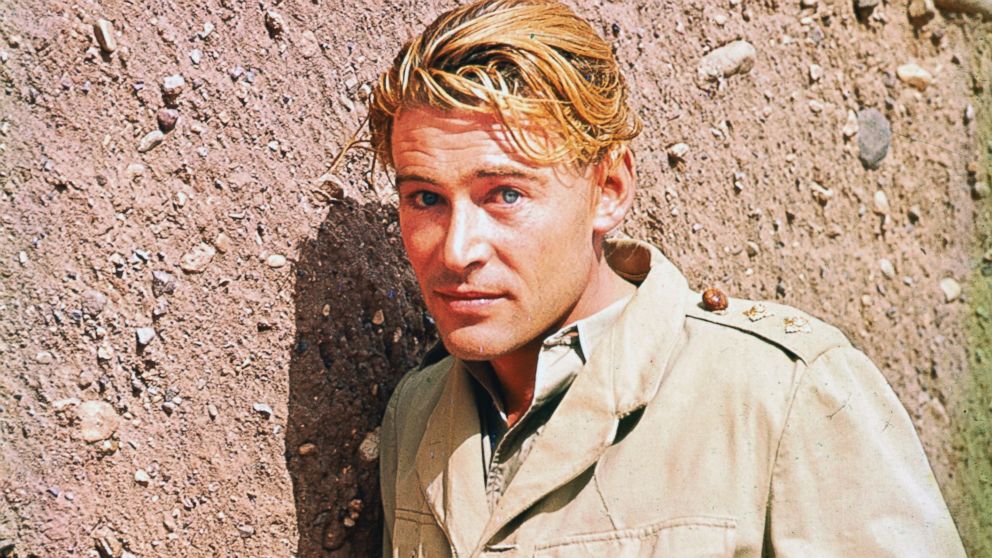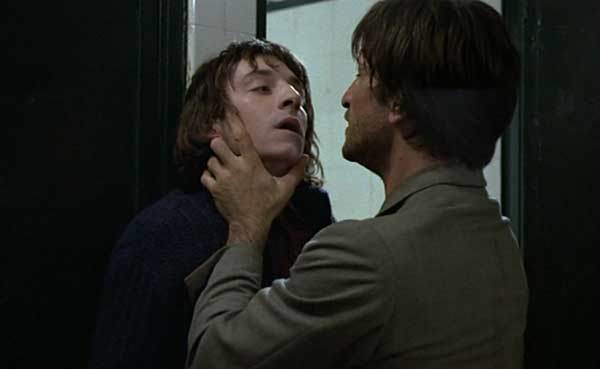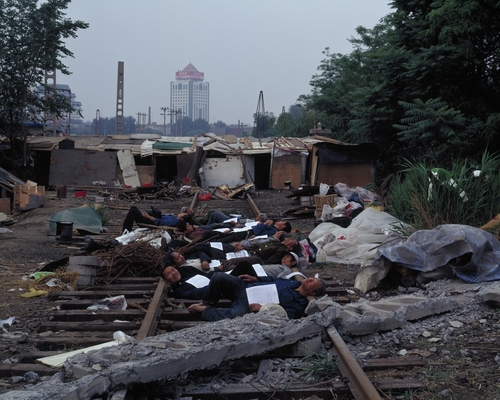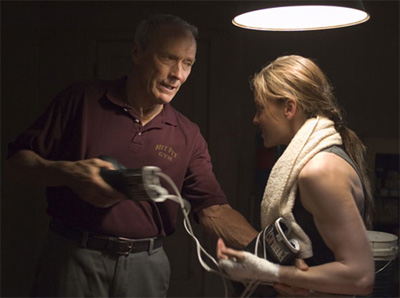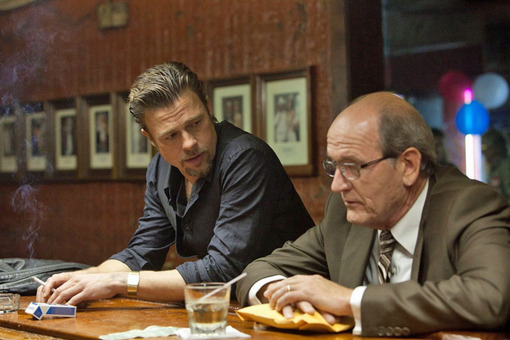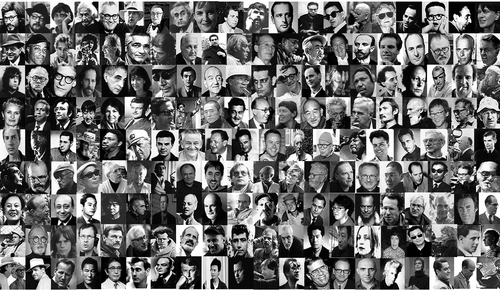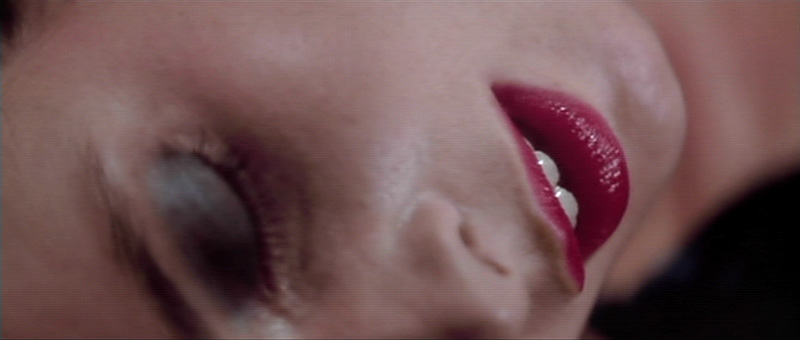Bernardo Bertolucci Movie Reviews
Blog Posts That Mention Bernardo Bertolucci
Bernardo Bertolucci: 1941-2018
Dan Callahan
The Unloved, Part 113: The Sheltering Sky
Scout Tafoya
Maria Schneider comes to America
Roger Ebert
Elected: 100 Must-See Foreign Films
Jim Emerson
The 100 Greatest Directors of… what?
Jim Emerson
The man who decided to go along
Charlie Schmidlin
A Preview of the 2025 Rendez-Vous with French Cinema
Peter Sobczynski
Home Entertainment Guide: August 2024
Brian Tallerico
At the Movies, It’s Hard Out There for a Hit Man
Tim Grierson
Home Entertainment Guide: August 2023
Brian Tallerico
Celebrating a New Narrative: Director Guy Nattiv on Golda
Nell Minow
Jean-Louis Trintignant: 1930-2022
Dan Callahan
Quad Cinema Celebrates Pauline Kael with Losing It At the Movies Retrospective
Vikram Murthi
A Look Back at Those We Lost in 2018
Chaz Ebert & Nick Allen
Carnal Knowledge: “Story of Sin” Comes to Blu-ray
Michał Oleszczyk
On Her Own Terms: The Work of Debra Winger
Michelle O'Connell
Home Entertainment Consumer Guide: November 17, 2016
Brian Tallerico
Islam in Western Cinema, Part 1 – The Exotic Muslim, from the Exotic Land
Omer M. Mozaffar
Thumbnails 3/24/16
Matt Fagerholm
Cannes 2015: “Youth,” “Madonna,” “The Assassin”
Barbara Scharres
Agnès Varda to Receive Honorary Palme d’Or
The Editors
Book Excerpt: “Mise en scène and Film Style: From Classical Hollywood to New Media Art” by Adrian Martin
The Editors
Sundance Memories and Tips: 13 Years in Park City
Erik Childress
An uncommon man: Peter O’Toole, 1932-2013
Matt Zoller Seitz
Thumbnails 11/15/2013
The Editors
Chinese Realities: A New Exhibit at MoMA
Kevin B. Lee
The Best Films of 2004
Roger Ebert
The Best 10 Movies of 1987
Roger Ebert
10 Years in the Dark
Roger Ebert
Gangsters, renegades and rebels
Barbara Scharres
TIFF 08: Revolution and starvation, personal and political
Jim Emerson
Bergman and Antonioni: Commercial moviemakers
Jim Emerson
Name That Director!
Jim Emerson
IFC signs pact with devil Blockbuster
Jim Emerson
My problem with “Blue Velvet”
Roger Ebert
Interview with Maria Schneider
Roger Ebert
Popular Reviews

The best movie reviews, in your inbox
